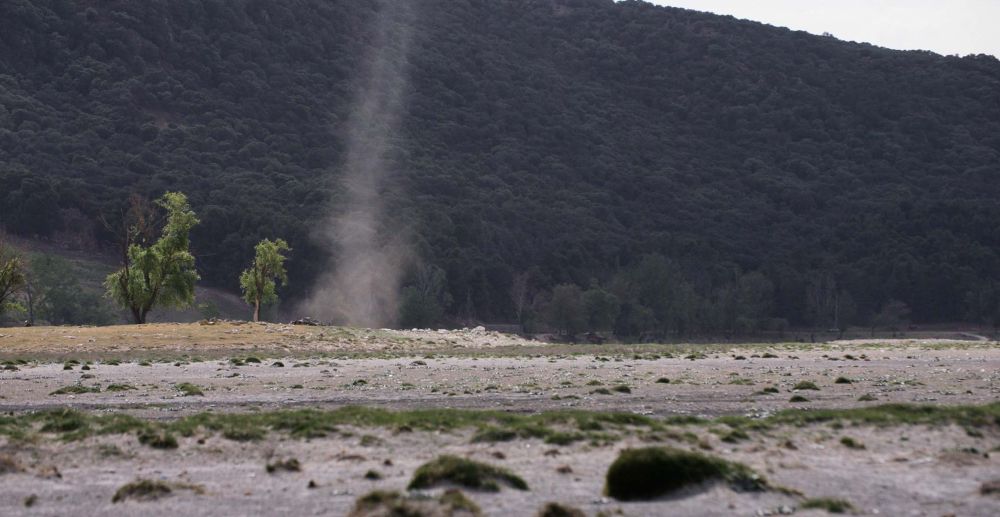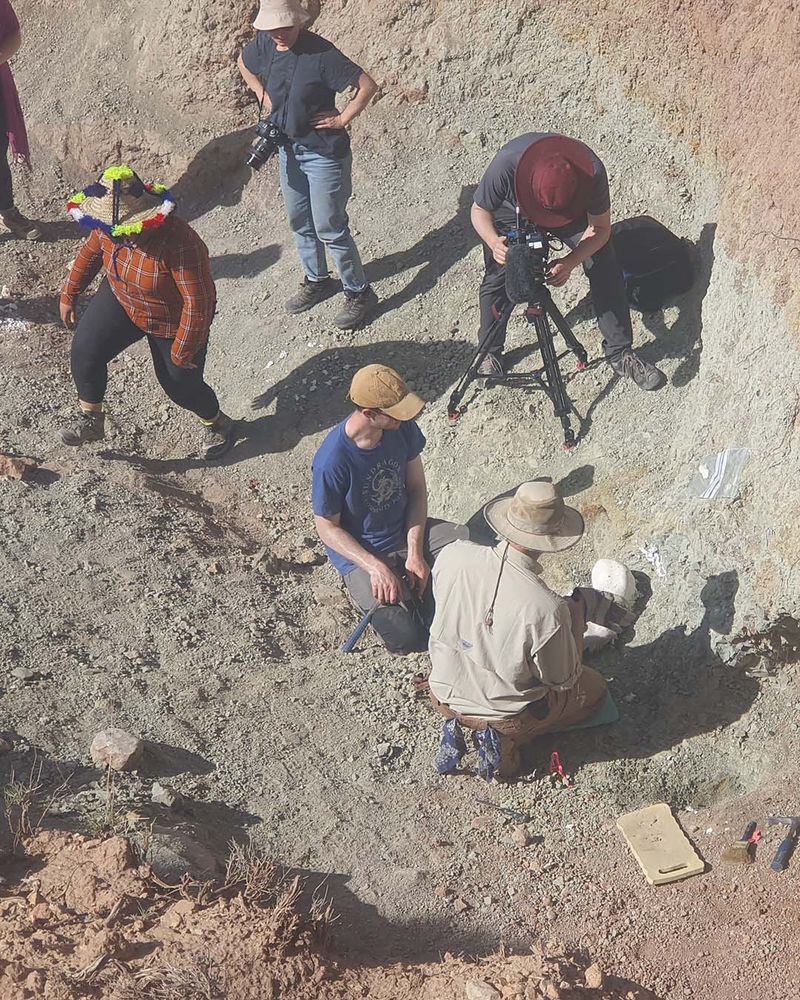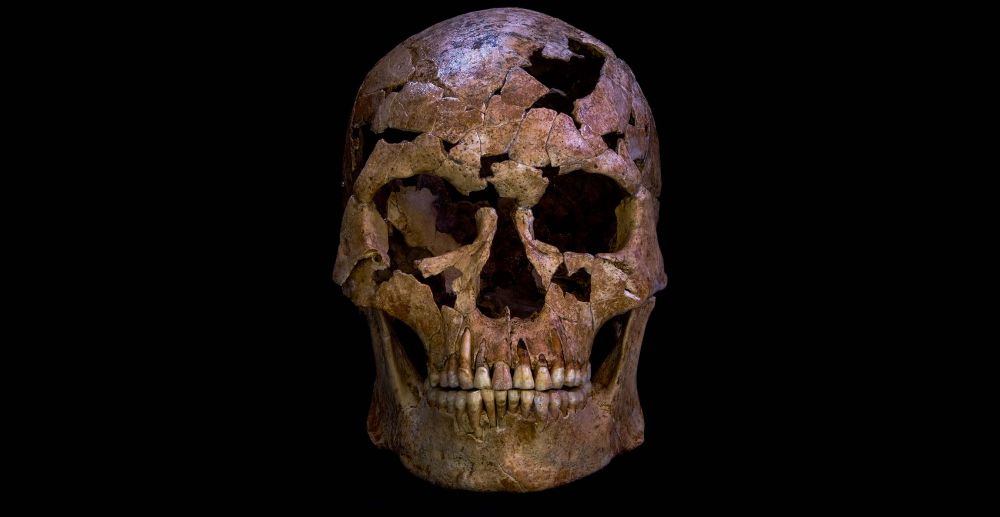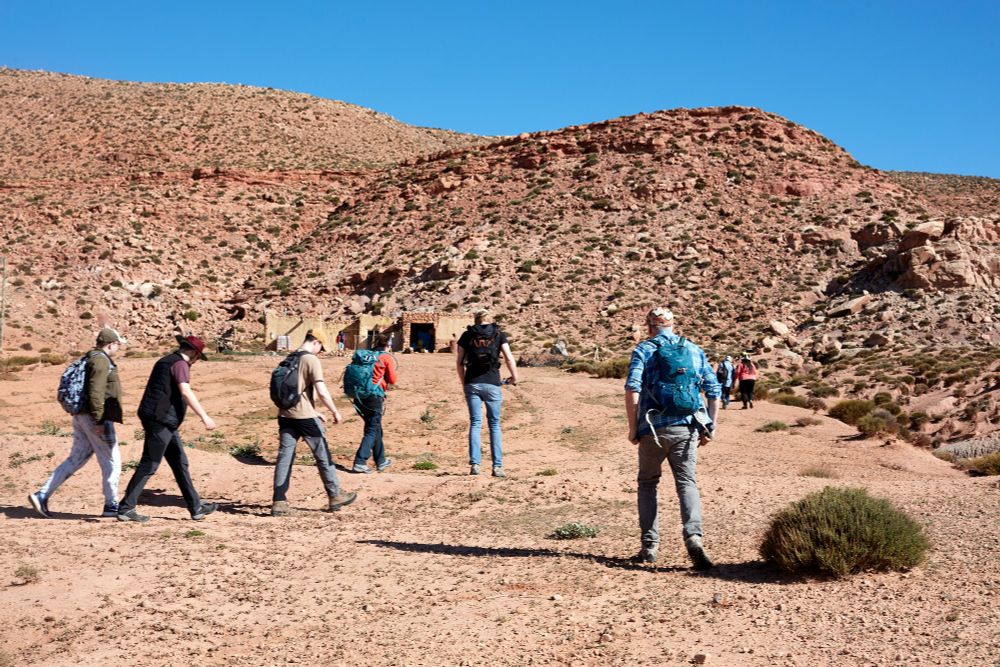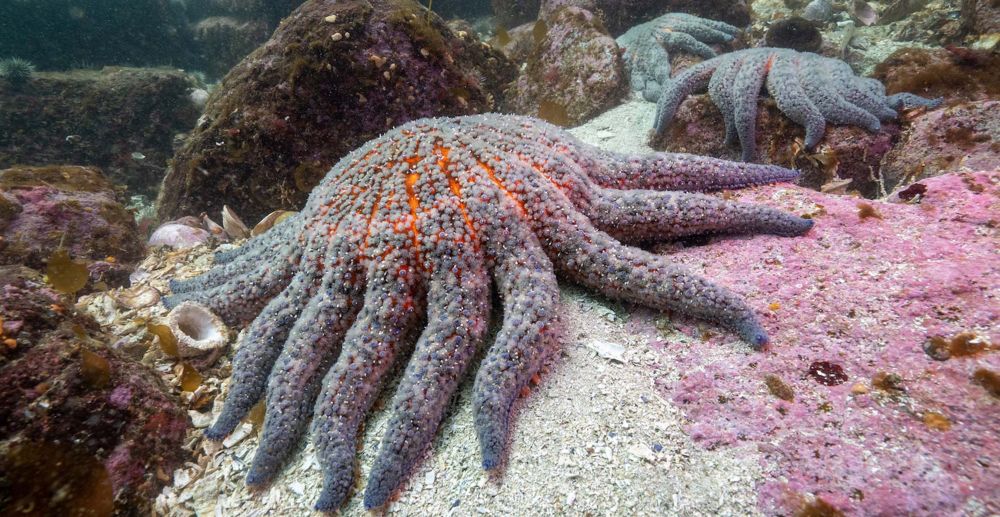James Ashway
@jamesashway.bsky.social
94 followers
120 following
74 posts
Science news @nhm-london.bsky.social ✍️ | CT editor for @dwasonline.bsky.social 📝 | All views my own
Posts
Media
Videos
Starter Packs
James Ashway
@jamesashway.bsky.social
· Aug 20

Apollo Moon sample opened after 50 years contains evidence of extraterrestrial landslide | Natural History Museum
Moon rock collected on the last Apollo mission is revealing more about one of the Moon’s most unusual structures, the Light Mantle.
www.nhm.ac.uk





